A drug called lenacapavir, administered in two injections a year, offers protection from HIV comparable to daily pills. One looming question: Will it be affordable for lower resource countries?


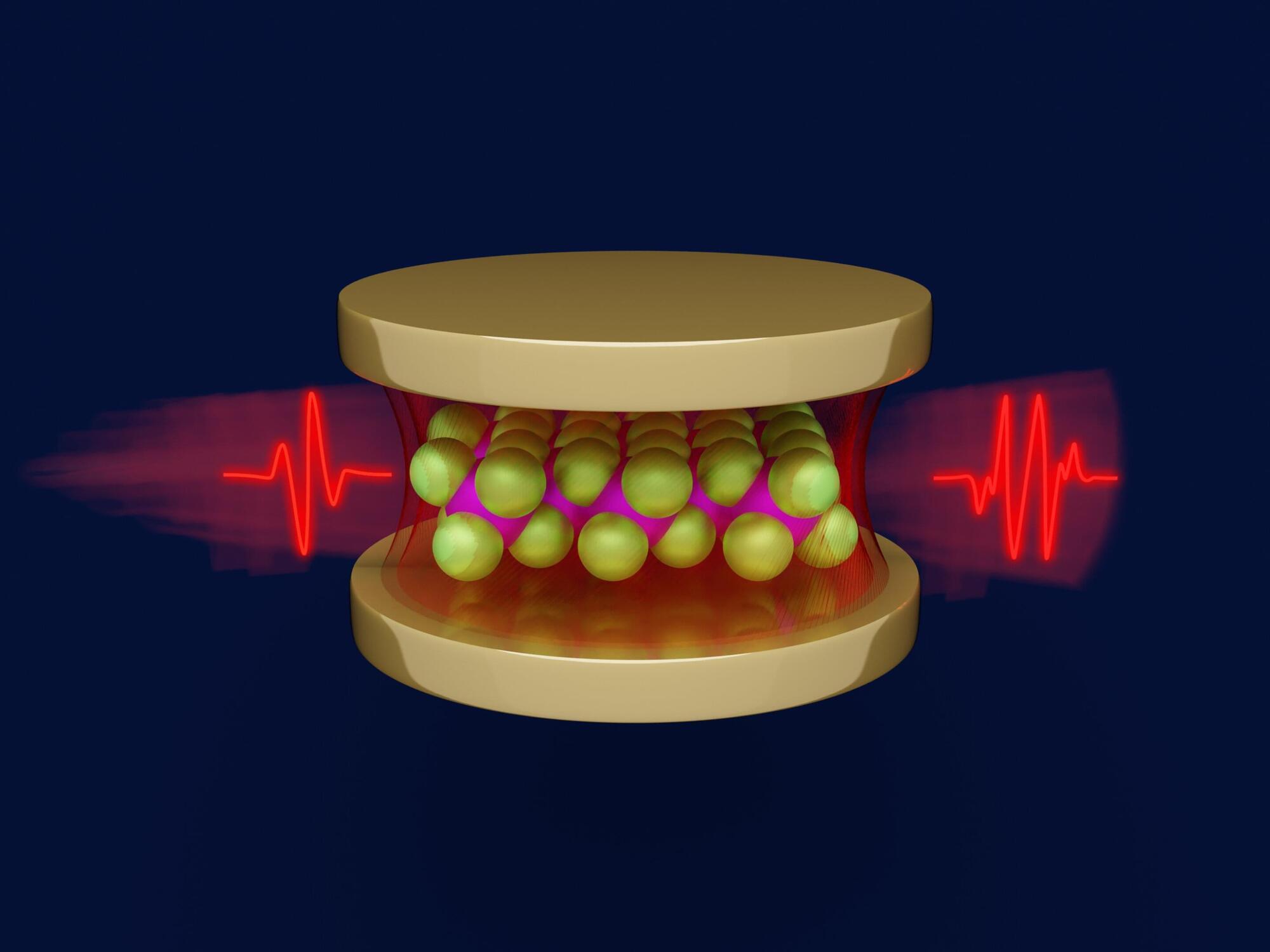
Researchers at the Max Planck Institute for the Structure and Dynamics of Matter (MPSD) have theoretically demonstrated that photons trapped inside an optical cavity carry detailed information about a material placed within it. By measuring the properties of the photons leaking out of the cavity, researchers can probe how an optical cavity modifies the properties of the embedded materials.
This insight opens new possibilities for experimental techniques to explore entangled light-matter systems. Their work has been published in Physical Review Letters.
According to basic quantum mechanics, empty space is not truly empty—it’s filled with particles that constantly pop in and out of existence, a phenomenon known as vacuum fluctuations. This process is somewhat analogous to atoms at the surface of boiling water, which continually jump in and out of the liquid.

Scientists at UBC have devised a chip-based device that acts as a “universal translator” for quantum computers, converting delicate microwave signals to optical ones and back with minimal loss and noise. This innovation preserves crucial quantum entanglement and works both ways, making it a potential backbone for a future quantum internet. By exploiting engineered flaws in silicon and using superconducting components, the device achieves near-perfect signal translation with extremely low power use and it all fits on a chip. If realized, this could transform secure communication, navigation, and even drug discovery.

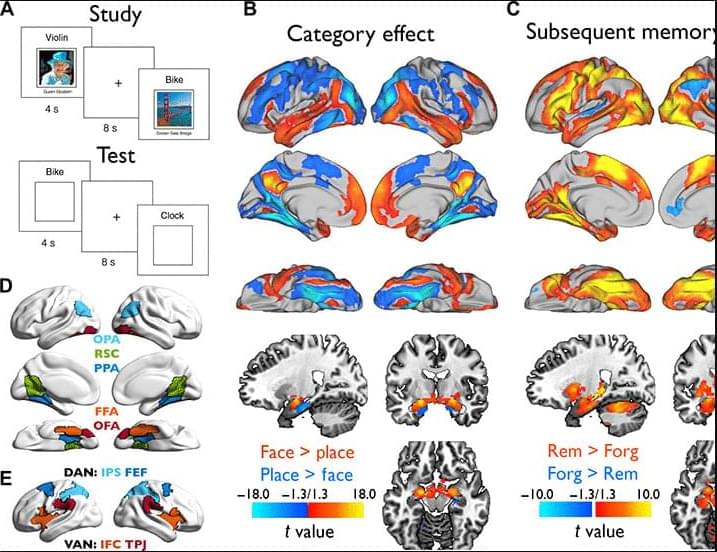
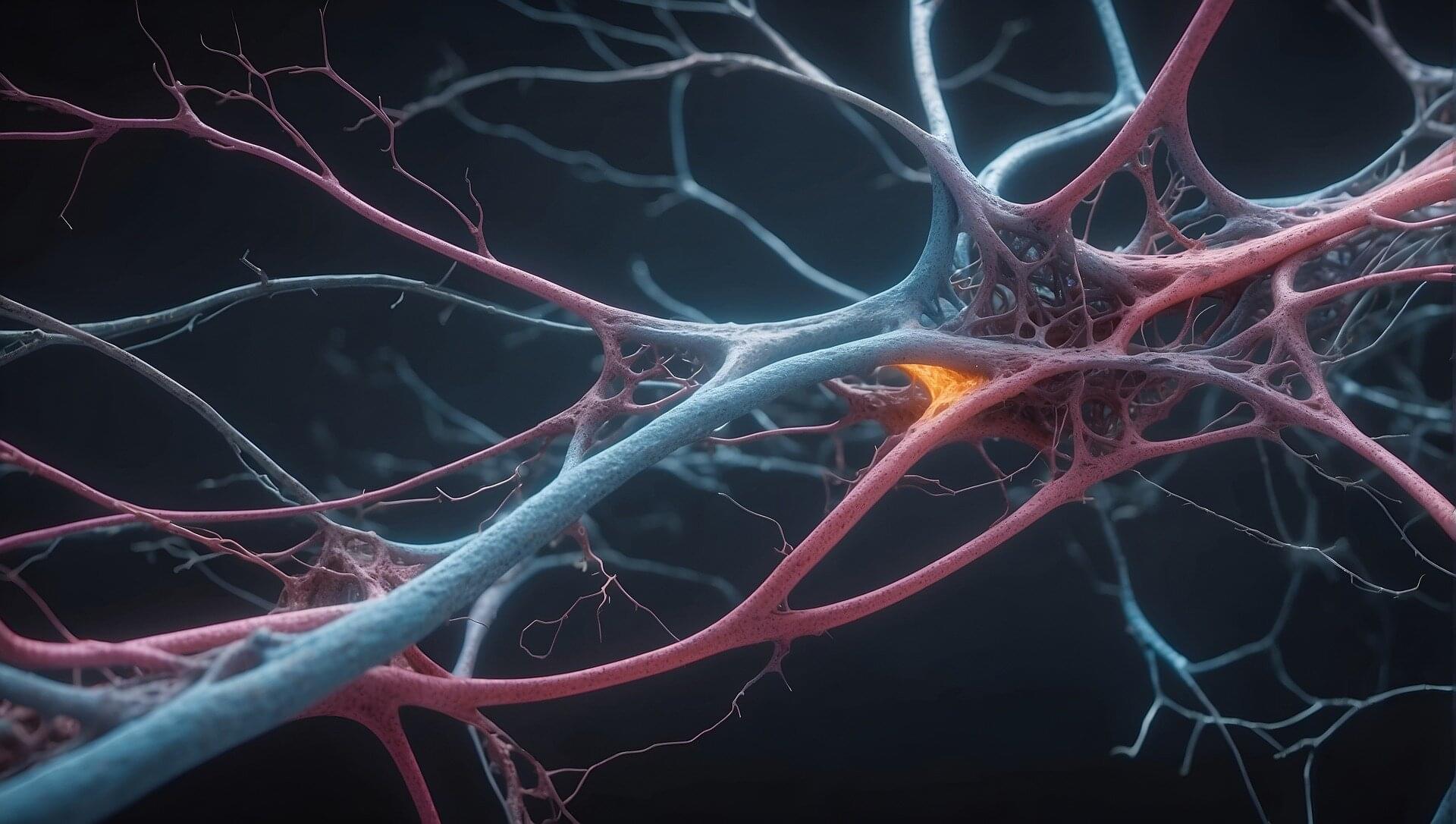
For the first time, scientists using cryo-electron microscopy have discovered the structure and shape of key receptors connecting neurons in the brain’s cerebellum, which is located behind the brainstem and plays a critical role in functions such as coordinating movement, balance and cognition.
The research, published in Nature, provides new insight that could lead to the development of therapies to repair these structures when they are disrupted either by injury or genetic mutations affecting motor skills —sitting, standing, walking, running, and jumping—learning and memory.
The study, by scientists at Oregon Health & Science University, reveals the organization of a specific type of glutamate receptor—a chemical neurotransmitter that conveys signals between neurons and is considered the primary excitatory neurotransmitter in the brain—bound together with proteins clustered on synapses, or junctions, between neurons in the cerebellum.
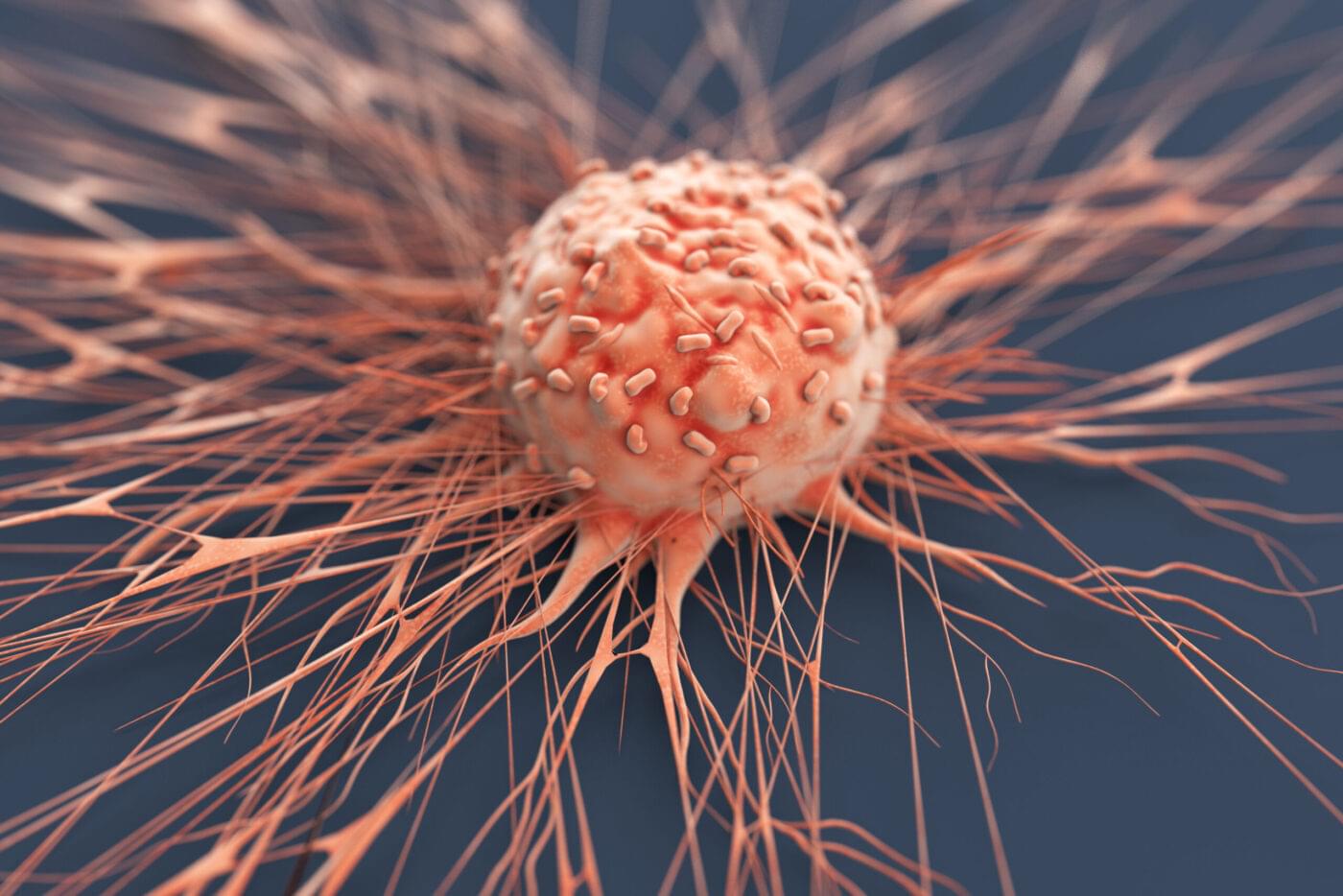
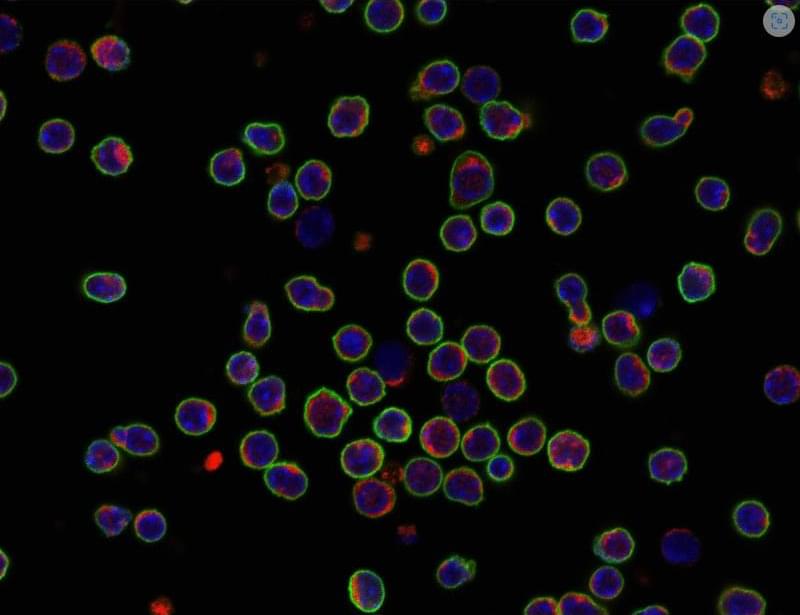
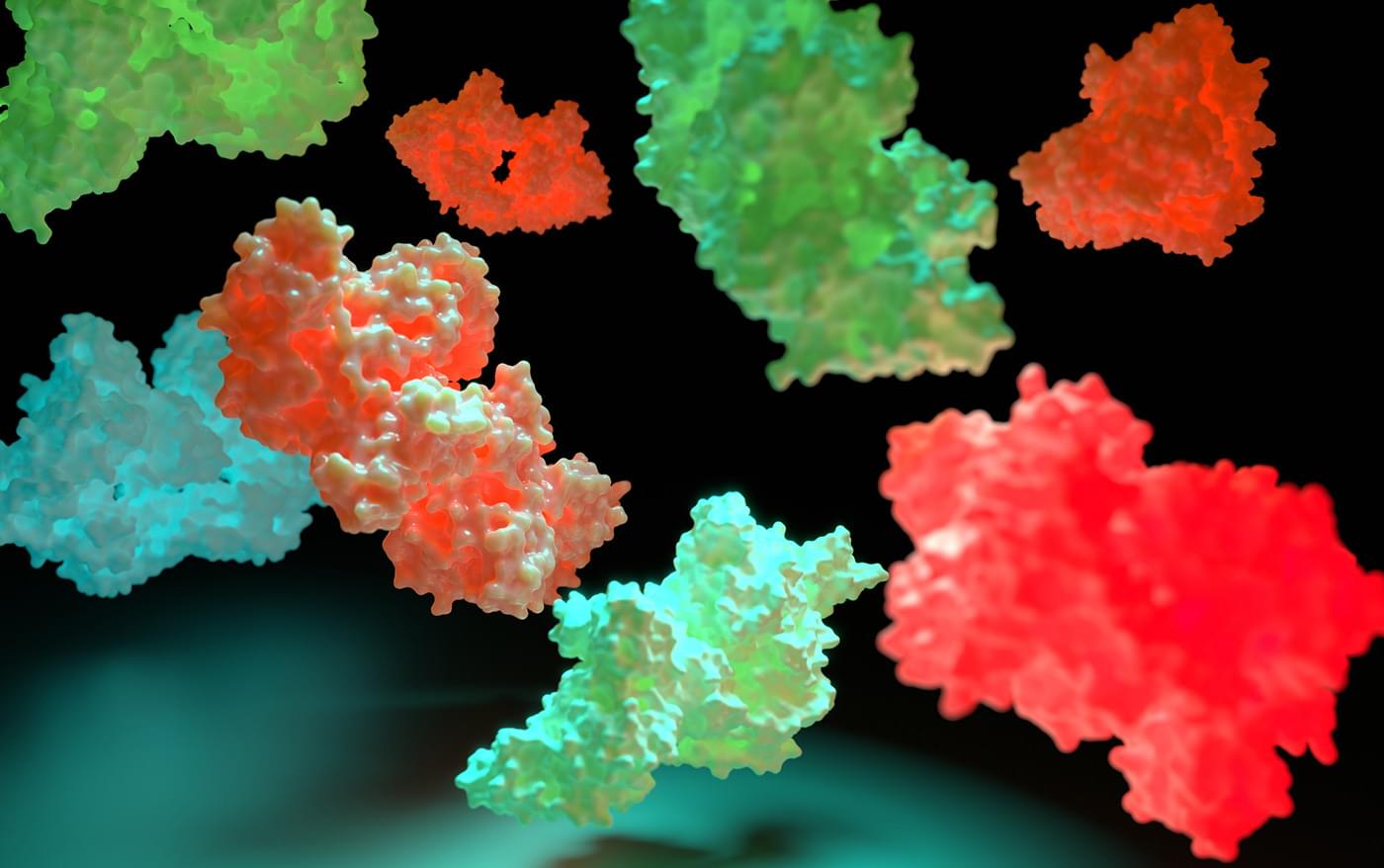

MCKINNEY, Texas — Ultra-low-cost carrier Avelo Airlines is in talks with McKinney to be among the first to fly commercial passengers following the city’s airport controversial expansion, a letter from the Texas Attorney General’s Office indicated.
Houston-based Avelo already flies from DFW International Airport to its hub in New Haven, Connecticut, but its self-described strategy is to fly into smaller and “more convenient” airports.
McKinney plans to break ground on a controversial expansion to its airport this summer, with the goal of commercial flights taking off by the end of next year.